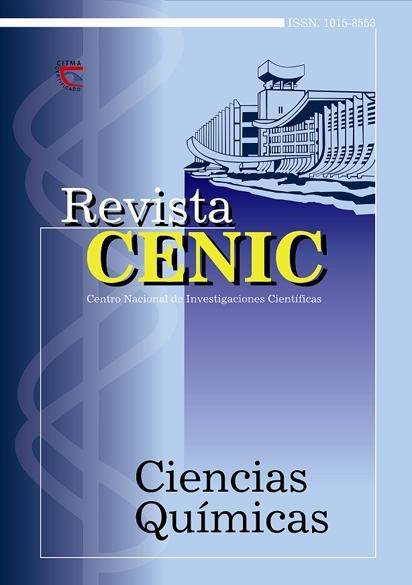Use of mineral fillers in PVC plastics for insulating electrical conductors
Abstract
The use of fillers in plastics is closely related with the use that the different elaborated articles will have. In this work, formulations of PVC plastics were developed for insulating electrical conductors (cables and wires) using different mineral fillers (kaolin, volcanic glass and natural zeolites). The stability of the materials obtained was evaluated in an accelerated manner and through atmospheric exposure tests in the climatic conditions of three different test stations (rural, marine and industrial). The changes in the properties of the materials exposed to atmospheric aging were evaluated by means of physical-mechanical tests (tensile strength σ, and relative elongation ε), electrical tests (volumetric resistivity ρv and dielectric loss Tg d) and thermal tests (determination of the 5% loss of plasticizer). The behavior of each of the materials during five years of exposure to the elements was similar in the different test stations, and after three years of exposure, they do not meet the requirements of the standard for physical-mechanical properties. The samples corresponding to the formulations with the mineral loads studied, without any type of prior treatment (except kaolin), exposed indoors at the test stations (rural and marine) for seven years of exposure, did not experience practically any alteration in their dielectric and physical-mechanical properties. The incorporation of fillers in all cases improved the resistance to desorption of the plasticizer. The incorporation of the studied loads can be valued for their use in Cuba in the production of electrical insulators.
Downloads
Published
How to Cite
Issue
Section
License
Copyright (c) 2004 Copyright (c) 2004 Revista CENIC Ciencias Químicas

This work is licensed under a Creative Commons Attribution-NonCommercial-ShareAlike 4.0 International License.
Los autores que publican en esta revista están de acuerdo con los siguientes términos:
Los autores conservan los derechos de autor y garantizan a la revista el derecho de ser la primera publicación del trabajo al igual que licenciado bajo una Creative Commons Atribución-NoComercial-CompartirIgual 4.0 que permite a otros compartir el trabajo con un reconocimiento de la autoría del trabajo y la publicación inicial en esta revista.
Los autores pueden establecer por separado acuerdos adicionales para la distribución no exclusiva de la versión de la obra publicada en la revista (por ejemplo, situarlo en un repositorio institucional o publicarlo en un libro), con un reconocimiento de su publicación inicial en esta revista.
Se permite y se anima a los autores a difundir sus trabajos electrónicamente (por ejemplo, en repositorios institucionales o en su propio sitio web) antes y durante el proceso de envío, ya que puede dar lugar a intercambios productivos, así como a una citación más temprana y mayor de los trabajos publicados (Véase The Effect of Open Access) (en inglés).













